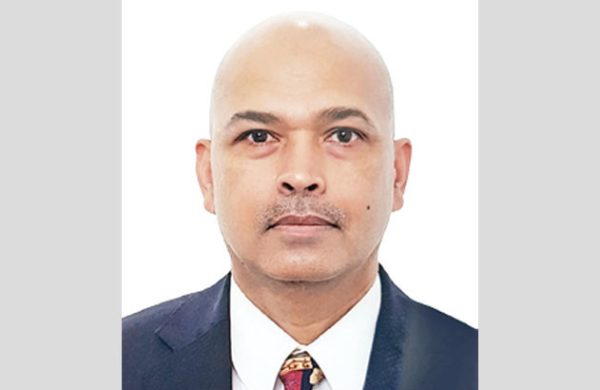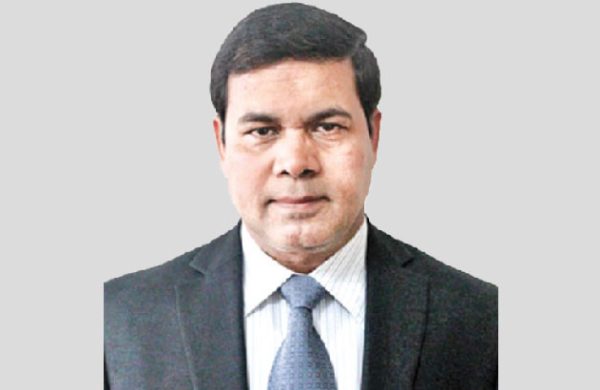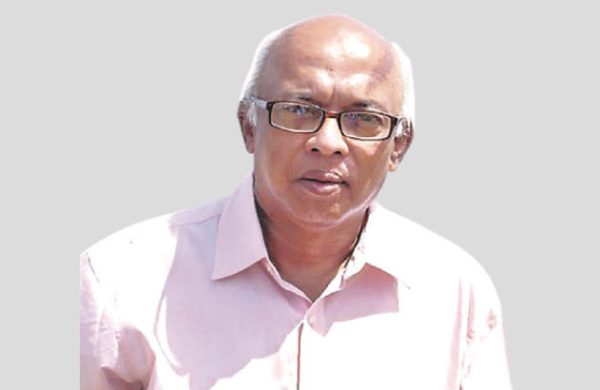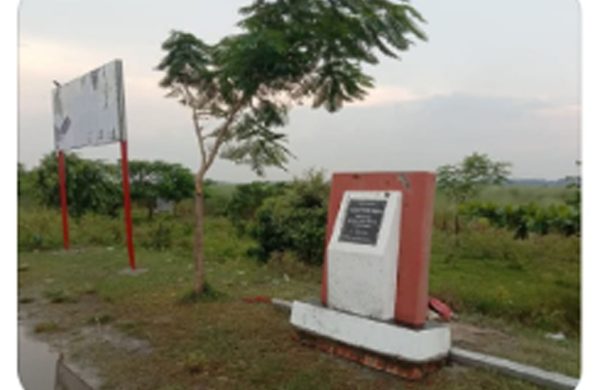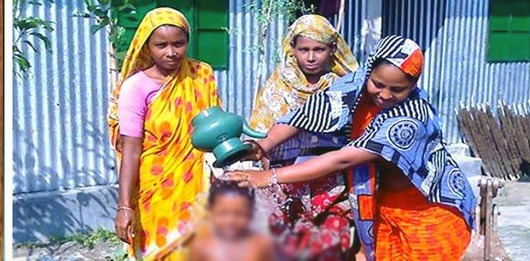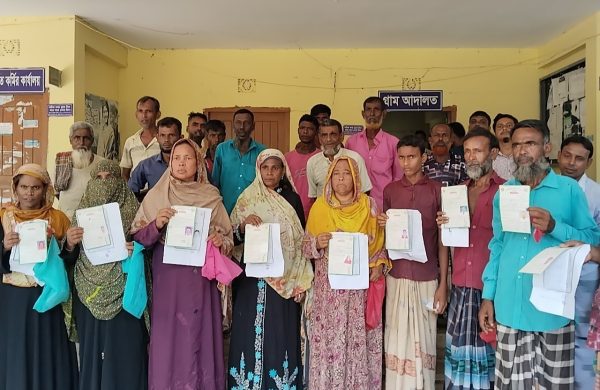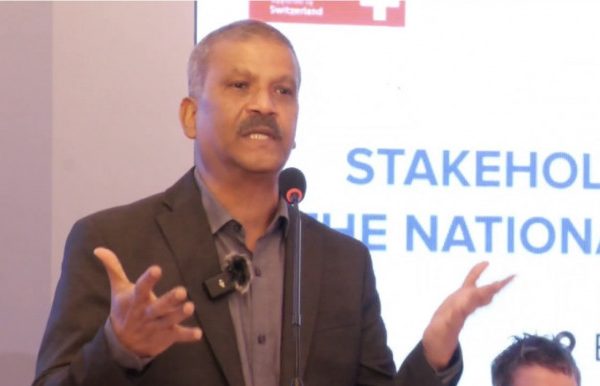DIPLOMATIC LENS ON THE CLIMATE CRISIS
- Update Time : Sunday, January 5, 2025

—Jagdishor Panday & Amrit Devkota—
The United Nations Climate Change Conference (COP-29) in Baku concluded with significant outcomes and glaring omissions. The agreement to triple climate finance for developing countries to $300 billion annually by 2035, coupled with a commitment to secure $1.3 trillion annually from public and private sources, marks a milestone in global climate diplomacy. Additionally, the finalisation of rules for international carbon markets under the Paris Agreement Trading Mechanism promises to reduce the cost of implementing national climate action plans by $250 billion annually. Yet, the lack of commitment to phasing out fossil fuels, a key measure agreed upon at COP-28, was a major setback.
These developments underscore the mixed legacy of COP-29: progress in climate finance and carbon markets but persistent inertia on transitioning away from fossil fuels. However, the success of these pledges hinges on their future implementation, an area where history offers a sobering perspective.
South Asia stands at the epicentre of climate vulnerability, with countries like Nepal, Bangladesh, Sri Lanka, Bhutan, Pakistan, Afghanistan and the Maldives bearing disproportionate burdens despite contributing minimally to global emissions. From the coastal threats to the Maldives and Bangladesh to the fragile ecosystems of the Himalayan region, the region’s diversity underscores the urgency of tailored solutions. Mountains, often referred to as the “water towers of the world”, are critical for sustaining billions of people and ecosystems. Yet, they are among the most vulnerable to climate change.
The Hindu Kush Himalayan (HKH) region, which includes the world’s highest peaks, is a stark illustration of this crisis. Glaciers are retreating, snowlines are shrinking, and communities dependent on these ecosystems face existential threats. For instance, the iconic south face of Mt. Machhapuchhre in Nepal, once blanketed in snow, now exposes bare rock, symbolising the alarming impacts of global warming. This glacial retreat disrupts water supplies, threatens biodiversity and jeopardises livelihoods across the region. Addressing these challenges demand elevating the mountain agenda in global climate discourse.
Climate justice is a cornerstone of effective climate diplomacy. South Asian nations, excluding India, have contributed minimally to global greenhouse gas emissions but face escalating climate-induced challenges. The principle of “common but differentiated responsibilities” must remain central to global climate negotiations. Countries like China and India, with their growing economies and emissions, must step up to support their neighbours.
South Asia’s climate diplomacy must emphasise loss and damage funding. The newly established Loss and Damage Fund, championed at COP-29, provides a critical mechanism for addressing irreversible climate impacts. As UN Secretary-General António Guterres rightly noted during COP-29, “In an era of climate extremes, loss and damage finance is a must. I urge governments to deliver—in the name of justice.” South Asia’s negotiators must ensure that these funds are effectively mobilised and directed towards vulnerable communities.
One of the gravest implications of the climate crisis is the rise of climate refugees. Coastal erosion, rising sea levels and extreme weather events are displacing millions across South Asia. Bangladesh alone faces the prospect of millions of climate refugees by mid-century. This displacement exacerbates social, economic, and political tensions within and across borders, making it a critical issue for regional diplomacy.
Addressing climate-induced displacement requires robust international frameworks that prioritise human rights and dignity. South Asia must advocate for integrating climate displacement into the global human rights agenda and push for comprehensive solutions that include resettlement, adaptation and sustainable livelihoods for affected populations.
The HKH region’s role in global climate stability cannot be overstated. Yet, its significance often receives insufficient attention in global negotiations. South Asia must champion the mountain agenda, advocating for increased climate finance dedicated to mountain ecosystems. This includes investments in glacial monitoring, disaster risk reduction, and sustainable tourism to ensure the resilience of these vital regions.
While COP conferences remain critical, South Asia’s climate diplomacy must extend beyond these annual events. Regional cooperation through platforms like SAARC and global advocacy at the UN General Assembly can amplify South Asia’s voice. Countries in the region must forge alliances with other vulnerable nations to strengthen their collective bargaining power in climate negotiations.
Moreover, leveraging soft diplomacy such as showcasing successful community-led adaptation initiatives can position South Asia as a leader in innovative climate solutions. For instance, Nepal’s community forestry programmes and Bangladesh’s cyclone preparedness initiatives provide compelling models for integrating local knowledge into climate action.
The climate crisis is a test of global solidarity and effective diplomacy. For South Asia, this means advocating justice, securing adequate climate finance and addressing the root causes of climate vulnerability. The region’s unique geography and socio-economic challenges demand a nuanced approach that prioritises the voices of its most affected communities.
As the world inches closer to irreversible climate tipping points, South Asia’s role in shaping the global climate agenda has never been more critical. By embracing proactive and principled diplomacy, the region can not only protect its people and ecosystems but also contribute to a more equitable and sustainable future for all.
_____________________________________
The writers are a journalist and a climate expert respectively based in Kathmandu, Nepal




